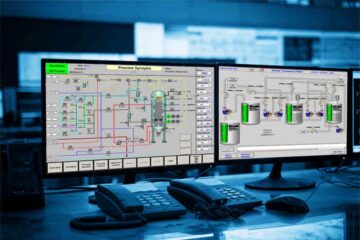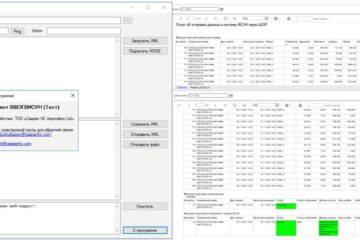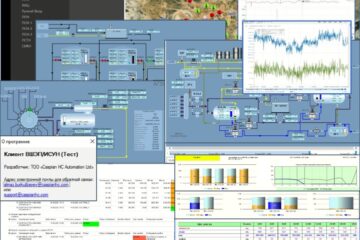Below is a description of the overall workflow and key stages we went through as part of this project.
Requirements analysis and design
The first step was to understand what functions the dispatching system should perform, which regulatory documents and standards need to be considered, and what features of the object are important for development.
Special attention was given to reliability, performance, and the ability to integrate with various types of equipment.
System architecture development
Based on the collected requirements, the system architecture was developed. It included the following components:
- Central FSM dispatch server: the main node where all data is processed and alerts are managed.
- Peripheral devices: sensors, control panels, alert devices.
- Communication channels: data transmission networks ensuring reliable and timely receipt of information from peripheral devices.
Integration and testing
Special attention was given to verifying the compatibility of all components and their correct operation under various conditions.
Testing included:
- Functional testsVerification of all declared system functions.
- Load testsPerformance evaluation of the system under high loads.
- Fault tolerance tests: verification of system performance in case of failure of one or more components.
Implementation and personnel training
After successful testing, the system was implemented at the site. We also conducted personnel training to ensure dispatchers could effectively use the new equipment and software.
The system allows for prompt response to any emergency situations, ensuring the safety of both facilities and people.



0 Comments